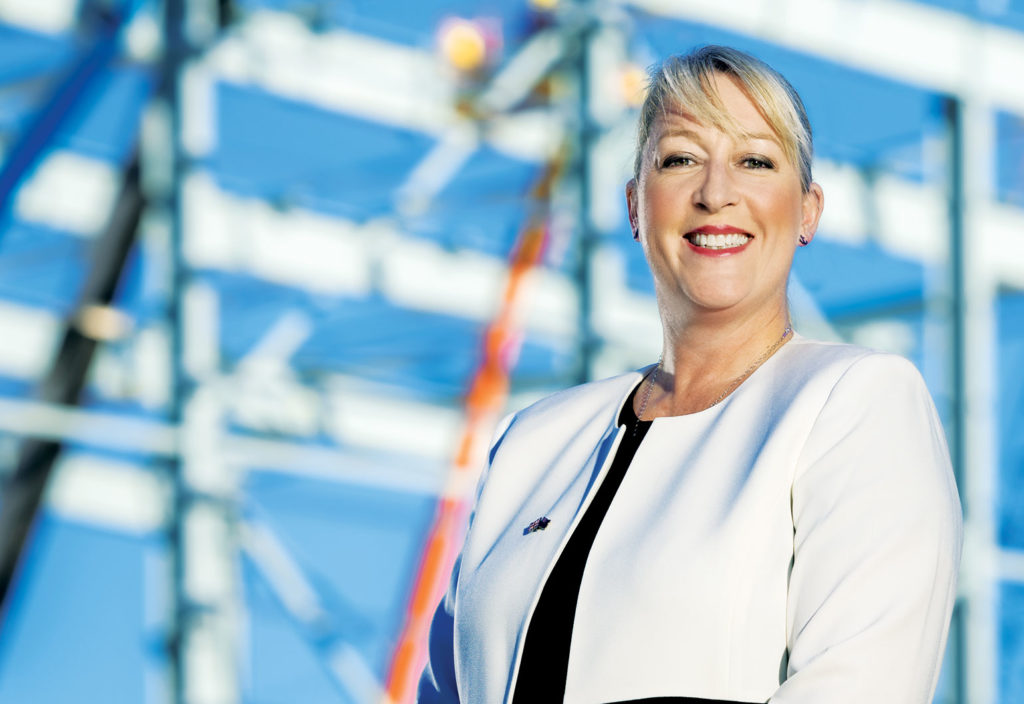Experience has taught Gabby Costigan that the defence industry is a great place for engineers to bring their talents.
CEO of BAE Systems Australia Gabby Costigan became an engineer because she wasn’t allowed to fly.
“When I decided I wanted to join the Army, I wanted actually to be a helicopter pilot,” she told create.
“Before I joined, women were not allowed to fly helicopters.”
It was “pretty frustrating,” she says, but if she couldn’t fly the choppers, she figured she could still fix them.
“I was going to get into the Royal Australian Electrical Mechanical Engineering Corps with a plan to get into the RAEME aviation side,” she said.
The plan worked, and Costigan ended up getting a degree in aeronautical engineering.
That positioned her to work on projects including Black Hawk helicopter flight simulators, the CH-47 Chinook and the ARH Tiger. It also included service in Afghanistan.
“One of the great things about working in the Defence Force as an engineer or in the defence industry as an engineer: you get exposed to so much different technology,” she said.
“As my career progressed, I actually moved a little bit out of the engineering side and into logistic operations and supply chain.”
That diversity of experience set her up well for her current role. She now heads one of Australia’s largest defence companies, overseeing projects like the Royal Australian Navy’s Hunter-class frigates, as well as working on autonomous technology and hypersonics.
Costigan believes Australia has great engineering stories.
“We’ve got some unbelievable constructions — engineering construction feats here,” she says, pointing to the Sydney Harbour Bridge, Sydney Opera House, and Snowy River Scheme as examples.
She hopes BAE’s frigate program will measure up to that standard.
“That too will be a tremendous engineering feat, building nine modern anti-submarine warfare frigates in South Australia,” she said.
Costigan became a Chartered engineer while in the Army.
“It gives you a market value and I think it instantly signals your ability to exceed expectations,” she says.
“It can also open the door to new career opportunities.”
She describes Chartered status as a benchmark across her peer group.
“Your competence has been assessed by other engineering professionals and is recognised internationally,” she said.
Four tips for success
1. Join the defence industry — it’s an incredibly exciting industry with a world of opportunities.
2. Continually challenge yourself throughout your career.
3. Always look for opportunities to be exposed to different things, different learnings, different technology.
4. Maintain your professional development throughout your career.
This article originally appeared as “Keystone: Gabby Costigan” in the August 2019 issue of create magazine.
Interested in learning more about the Chartered credential? You may already have what it takes to become Chartered. Find out more here and start your pathway to Chartered today.
